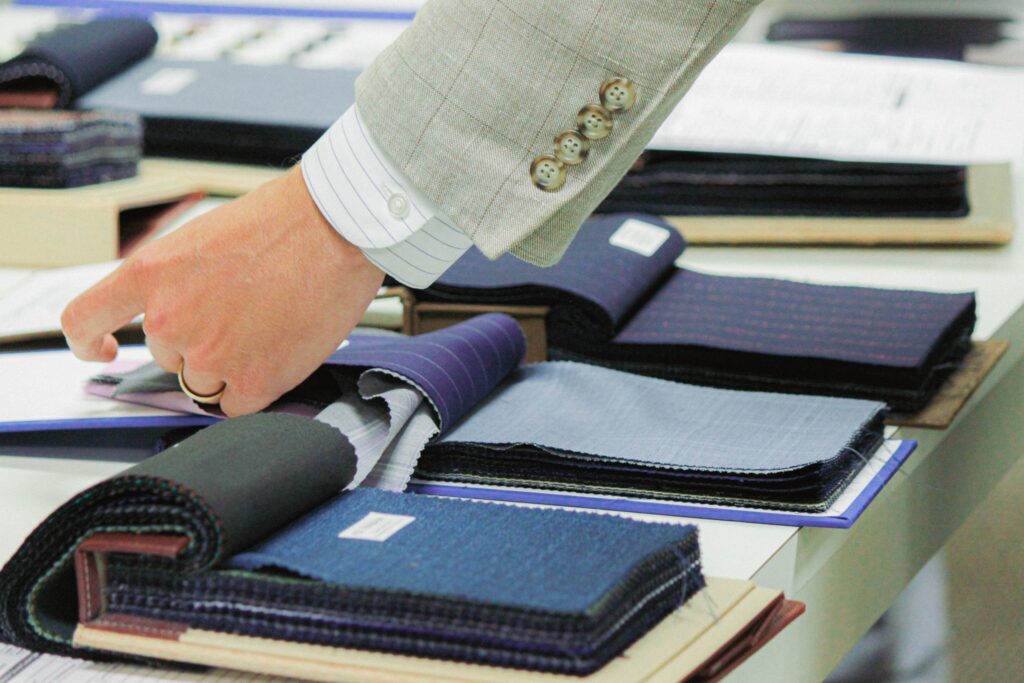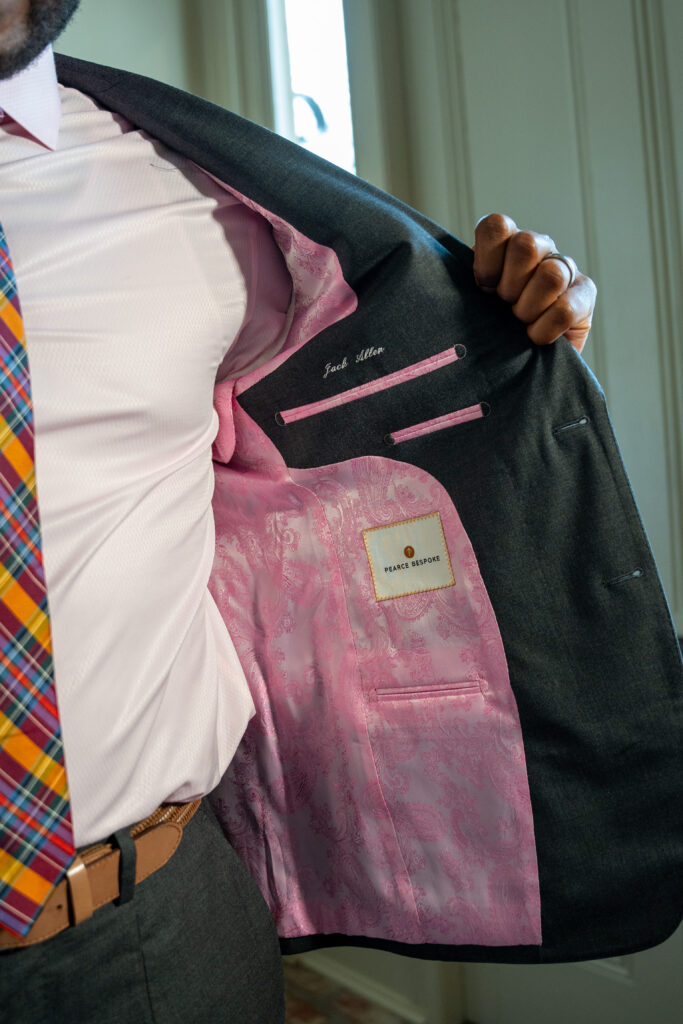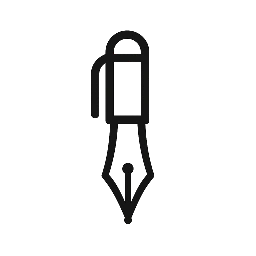
Picture this: You’re standing in front of your closet at 6:47 AM, already running late for the most important meeting of your career. You reach for what you think is your “good” suit—the one that cost you a small fortune—only to discover it looks like you slept in it. Again.
Sound familiar?
Here’s the thing nobody talks about: that expensive suit might actually be sabotaging your success. And it all comes down to one crucial decision most guys get completely wrong.
The $3,000 Mistake I Made (So You Don’t Have To)
Three years ago, I walked into a high-end department store feeling pretty confident. I had done my research, saved up my money, and was ready to invest in a “quality” suit. The salesperson—let’s call him Brad—was all smiles and smooth talk. He showed me this gorgeous charcoal suit with a price tag that made my wallet weep.
“This is our premium line,” Brad assured me, running his hand over the fabric. “Wrinkle-resistant, easy care, perfect for the busy professional.”
I bought it. Hook, line, and sinker.
Fast forward six months: that “premium” suit looked cheap, felt like wearing a plastic bag in summer, and had developed this weird shiny sheen that screamed “synthetic” from across the room. I had fallen for the oldest trick in the book—confusing expensive with quality.
The fabric was polyester. Fancy polyester, but polyester nonetheless.
Why Wool Isn’t Just Better—It’s in a League of Its Own

Look, I’m not here to bash synthetic fabrics entirely. They have their place (mainly in activewear and budget-conscious wardrobes). But when it comes to suits—real suits that make you look like you own the room—wool is playing a completely different game.
Think of it this way: synthetic fabric is like that friend who looks great in photos but is exhausting to spend time with. Wool? That’s your ride-or-die buddy who makes you look good, feel comfortable, and never lets you down.
Here’s what actually happens when you wear wool:
It breathes with you. Ever notice how some guys look fresh as a daisy after a long day while others look like they’ve been through a wind tunnel? It’s not genetics—it’s fabric choice. Wool naturally regulates temperature, wicking away moisture while keeping you comfortable. It’s like having personal climate control built into your suit.
It bounces back. Literally. Wool fibers have this amazing ability to return to their original shape after being stretched or compressed. Sit in meetings all day? No problem. Your wool suit will look just as sharp at 6 PM as it did at 8 AM.
It gets better with age. While synthetic suits start looking tired after a few months, quality wool actually improves with wear. The fibers settle, the drape becomes more natural, and the suit starts to feel like it was made specifically for your body.
The Super Numbers Game (And Why Higher Isn’t Always Better)
Now, here’s where things get interesting—and where most people get completely confused.
You’ve probably seen those “Super 120s” or “Super 150s” labels and assumed higher numbers mean better quality. It’s like horsepower in cars, right? More must be better?
Not exactly.
Those numbers refer to the fineness of the wool fibers. Super 120s means the fibers are incredibly fine—silky, luxurious, and absolutely gorgeous. But here’s the catch: the finer the fiber, the more delicate the fabric.
I learned this the hard way with a Super 180s suit I bought for my wedding. It looked absolutely stunning… for about three wears. Then it started showing every little snag, developing shine spots, and generally falling apart faster than my college dorm furniture.
The sweet spot? Super 110s to Super 130s for everyday wear. These fabrics give you that premium look and feel while being tough enough to handle real life. Save the ultra-fine stuff (Super 150s and above) for special occasions when you want to look like a million bucks but won’t be wearing the suit very often.
The Sustainability Angle (Because It Actually Matters Now)

Here’s something that might surprise you: choosing wool isn’t just better for your wardrobe—it’s better for the planet.
I used to think sustainability was just marketing fluff, but then I started paying attention to what happens to clothes after we’re done with them. That synthetic suit I mentioned earlier? It’s probably still sitting in a landfill somewhere, looking exactly the same as the day I threw it away. Synthetic fabrics don’t break down. Ever.
Wool, on the other hand, is completely biodegradable. When a wool suit finally reaches the end of its (much longer) life, it returns to the earth. Plus, sheep keep producing wool year after year—it’s literally renewable.
And here’s a bonus: because wool suits last so much longer, you’re not constantly replacing them. One quality wool suit can outlast three or four synthetic ones. Do the math—it’s actually cheaper in the long run.
The Cotton and Linen Wild Cards
Now, before you think I’m completely obsessed with wool, let me tell you about cotton and linen suits. These are the rebels of the suit world—casual, comfortable, and perfect for specific situations.
Cotton suits are like that friend who’s always up for anything. They’re relaxed, breathable, and work great for summer weddings, casual Fridays, or any time you want to look put-together without being too formal. The downside? They wrinkle if you look at them wrong.
Linen is even more laid-back. It’s the fabric equivalent of that effortlessly cool guy who looks great even when he’s slightly disheveled. Linen suits are perfect for beach weddings, summer events, or anywhere you want to channel that “I just stepped off my yacht” vibe. Just embrace the wrinkles—they’re part of the charm.
The Hidden Detail That Changes Everything
Here’s something most guys never think about: the lining.

You know that silky interior of your suit jacket? That’s not just decoration—it’s crucial to how the suit feels and performs. Cheap suits use polyester lining, which turns your jacket into a personal sauna. You’ll be sweating through meetings and feeling miserable all day.
Quality suits use silk, Bemberg, or cupro linings. These materials breathe, feel luxurious against your skin, and make the difference between a suit you love wearing and one you endure.
I always tell people: flip the jacket inside out and check the lining before you buy. If it feels cheap and plasticky, walk away. Your comfort is worth more than saving a few bucks.
How to Choose Like a Pro (Without Getting Played)
After years of trial and error (and some expensive mistakes), here’s my foolproof system for choosing suit fabric:
Start with your lifestyle. Are you wearing this suit twice a week or twice a year? Daily warriors need durability—stick with Super 110s to 120s wool. Special occasion suits can go finer.
Consider your climate. Living in Phoenix? Lightweight wool or linen blends are your friends. Chicago winters? Heavier wool will keep you comfortable and looking sharp.
Think about care. Be honest about your lifestyle. If you’re the type who forgets to pick up dry cleaning for weeks, choose fabrics that can handle a little neglect. Wool is surprisingly forgiving.
Don’t ignore performance blends. Modern wool blends with a touch of elastane or other performance fibers can give you the best of both worlds—classic wool benefits with added stretch and wrinkle resistance.
The Bottom Line (And Why This Actually Matters)
Look, I get it. Fabric choice seems like a small detail in the grand scheme of things. But here’s what I’ve learned: the right fabric doesn’t just make you look better—it makes you feel more confident, more comfortable, and more ready to take on whatever the day throws at you.
When you’re wearing a suit that fits well and feels great, you carry yourself differently. You’re not constantly adjusting your jacket or worrying about how you look. You’re focused on what matters—crushing that presentation, nailing that interview, or simply feeling like the best version of yourself.
That’s the real power of choosing the right fabric. It’s not just about looking good (though that’s a nice bonus). It’s about feeling unstoppable.
Ready to Experience the Difference?
If you’re in the Atlanta area and tired of settling for suits that don’t live up to their promise, it’s time to experience what real bespoke tailoring can do for you. Go to https://calendly.com/aruff-pearcebespoke to set up a consultation. Trust me, once you experience the difference that expert craftsmanship and the perfect fabric make, you’ll never go back to off-the-rack.
Not in Atlanta? No problem. Visit www.pearcebespoke.com to find a Pearce Bespoke clothier near you. Because life’s too short for suits that don’t make you feel amazing.


Leave a Reply